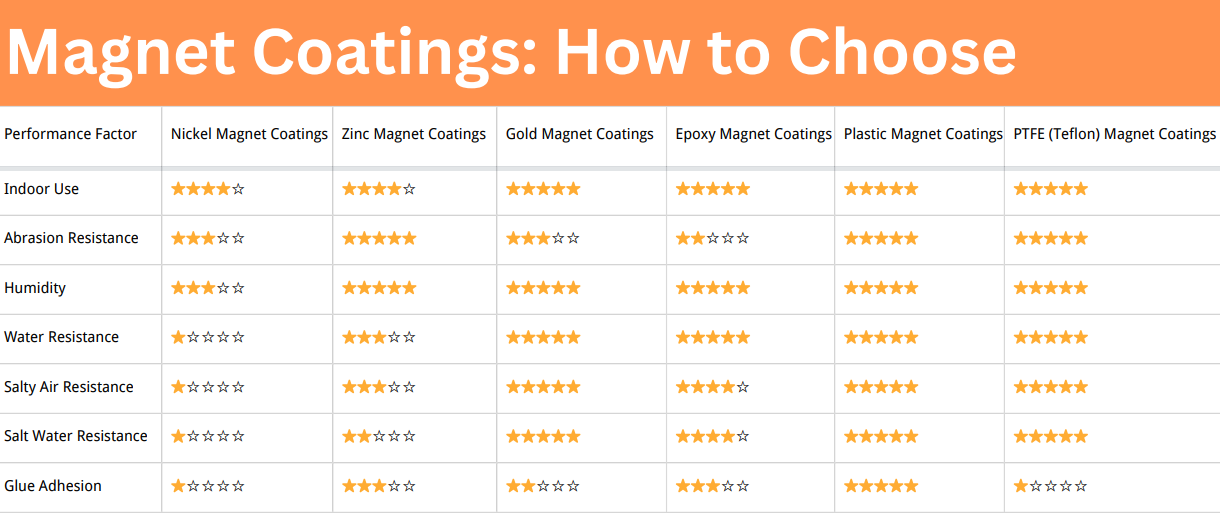Do Rare Earth Magnets Lose Strength Over Time?
Many people will ask such a question: Do rare earth magnets lose strength over time? The answer is YES. Magnetic spaces secured, bring about the capacity of a lasting magnet to back an outside magnetic field. Once settled these area positions are held until followed up on by strengths surpassing those of the bolted spaces. The vitality needed to change the magnetic field handled by magnet changes for each kind of material. The accompanying components influence the quality and security of perpetual magnets.

Magnets Lose Strength
The impact of time on today's lasting magnet materials is negligible. Typically misfortunes are short of what is 3% over of the service life of the permanent magnet.
REVERSIBLE LOSSES will be misfortunes that are recouped when the magnet comes back to its unique temperature. Reversible temperature coefficients, communicated as % for every degree, have been created for every material. They fluctuate generally for different classes of material.
IRREVERSIBLE LOSSES will be misfortunes because of presentation to high or low temperatures. These misfortunes happen when the working purpose of the magnet falls beneath the knee of the material demagnetization bend. This sort of misfortune might be recuperated by re-polarization.
METALLURGICAL CHANGES happen as lasting magnets are presented to high temperatures. For all reasonable purposes, metallurgical progressions render the magnet pointless. Manufacturers have made "Most Extreme Use Temperatures" for each evaluation of material.
HESITANCE PROGRESSIONS happens when the working slant of the magnet changes. Removal of a charged magnet from its circuit and trade may cause the magnet's working incline to fall. Altering measurements of the rare earth magnet circuit throughout utilization may cause hesitance changes. The size of the misfortune is identified with the material qualities and the level of the hesitance change.
Presenting polarized magnets to restrict outside fields generates a demagnetizing impact. This impact is most evident in perpetual magnet materials having a non-straight demagnetization bend, for example, alnico magnet. These antagonistic fields may be processed by present convey conductors or by permitting magnets to come into contact with different magnets or ferrous material. The level of the misfortune relies on the material attributes.
Different elements, for example, vibration and shock have next to no impact on today's perpetual magnet materials. Unfortunately, a large portion of today's materials are fragile and split-inclined, and must be taken care of painstakingly to abstain from harming the magnets. Radiation, especially at abnormal amounts, does result in flux changes which must be tended to in the configuration stag.
Conclusion
Thank you for reading our article and we hope it can help you find the reason why rare earth magnets lose strength over time. If you want to know more about rare earth magnets and other magnet products, we advise you to visit Stanford Magnets for more information.
Stanford Magnets is a leading magnet supplier across the world and provides customers with high-quality rare earth permanent magnetic products such as neodymium magnets, and other non-rare earth permanent magnets at a very competitive price.














